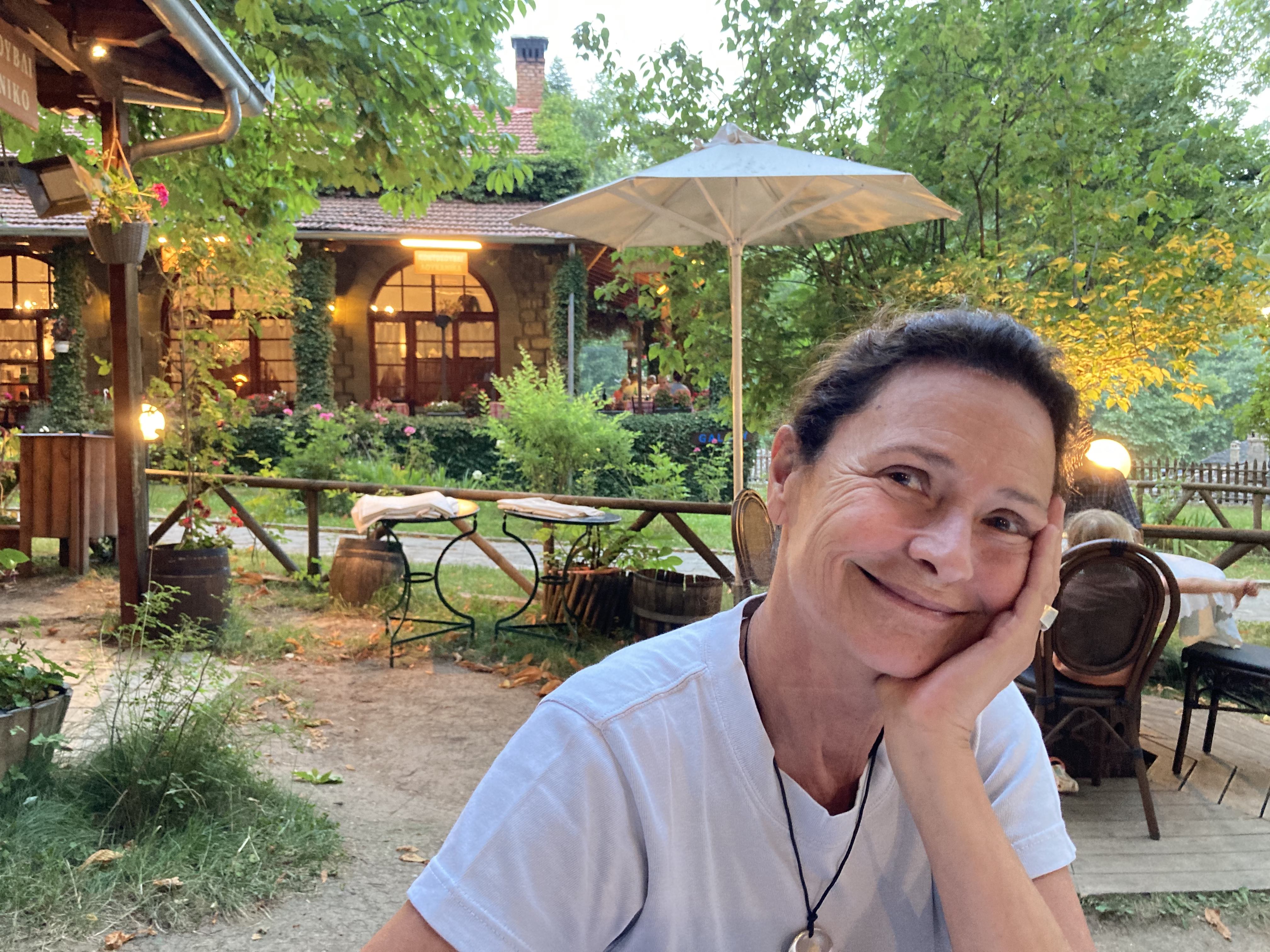We are finally returning to Greece! The trip will last from July 24th to August 8th, 2023.
Mode of transportation: BMW 1200 GS.
We arrive in Igoumenitsa by ferry from Brindisi and, as always, start our day with a spectacular Greek toast - because they make amazing toast everywhere in this country. It's early in the morning, and there's beautiful light. We decide to avoid the highway and cross the mountains towards Metsovo, a village in Epirus that we know well. We check into our spacious room at the Katogi Averoff Hotel just outside the village, next to their famous winery.
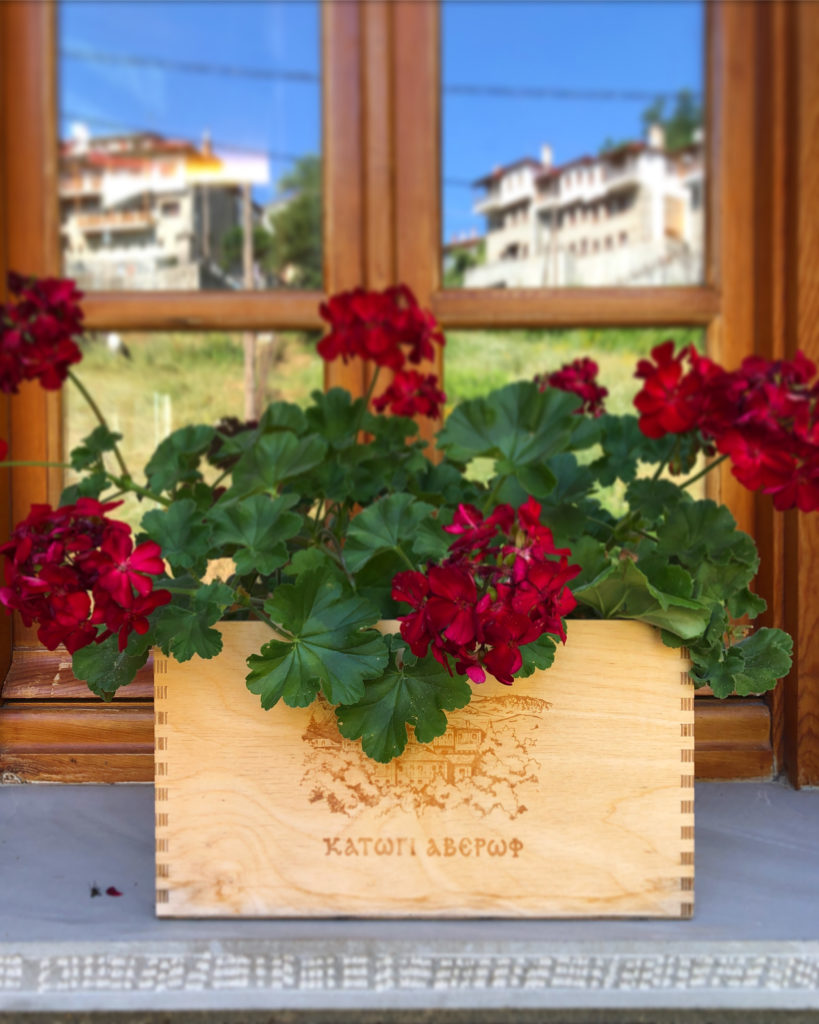
The wine they have been producing for years is of great quality, and I recommend trying their base red wine, made from Cabernet Sauvignon, Merlot, and Agiorgitiko. The winery tour with the final tasting proves to be very interesting; Evelina explains the entire production process and the history of the winery, founded by the local benefactor Evangelos Averoff.




We have dinner at one of the typical restaurants surrounded by greenery.
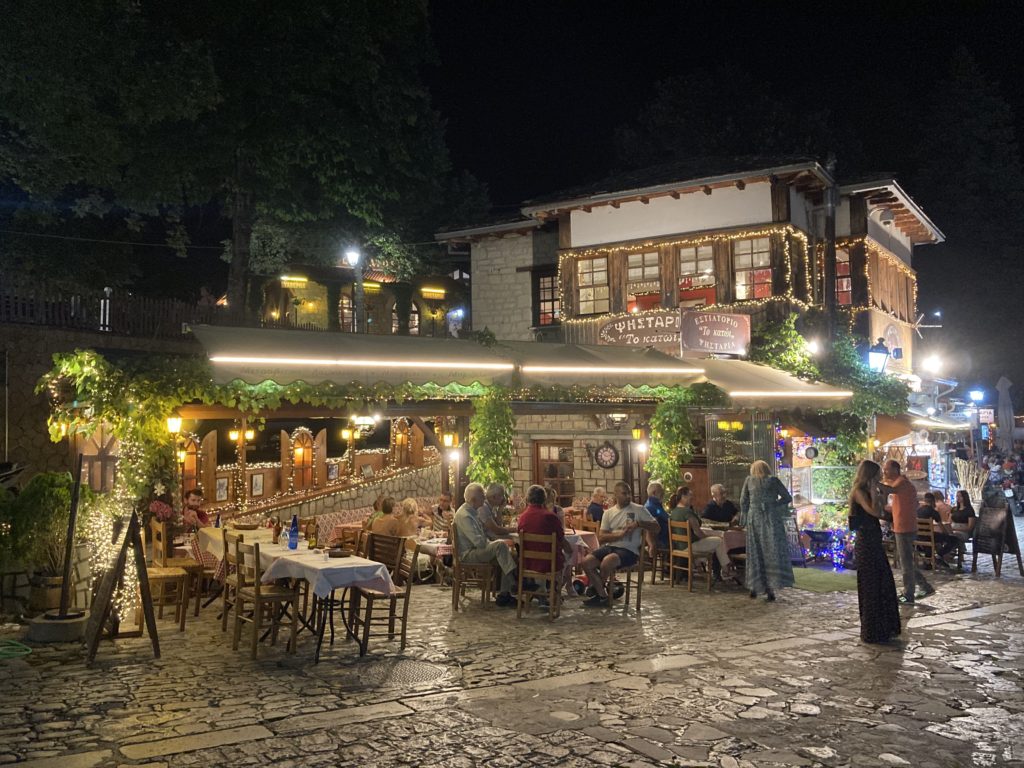
The next morning, we continue to Metamorfosi, a tiny village in central Macedonia, where we've booked a secluded Archontiko (traditional mansion) on the advice of a dear Greek friend. Agonari is nestled in the woods, with a rustic yet welcoming appearance, and we already like the restaurant with its terrace and green view. The room is large with stone walls, and the weather is perfect. The area is famous for its crops, wines, and forests. Fruit trees like cherries, peaches, and apples dot the landscape, and the vineyards are impeccably maintained.
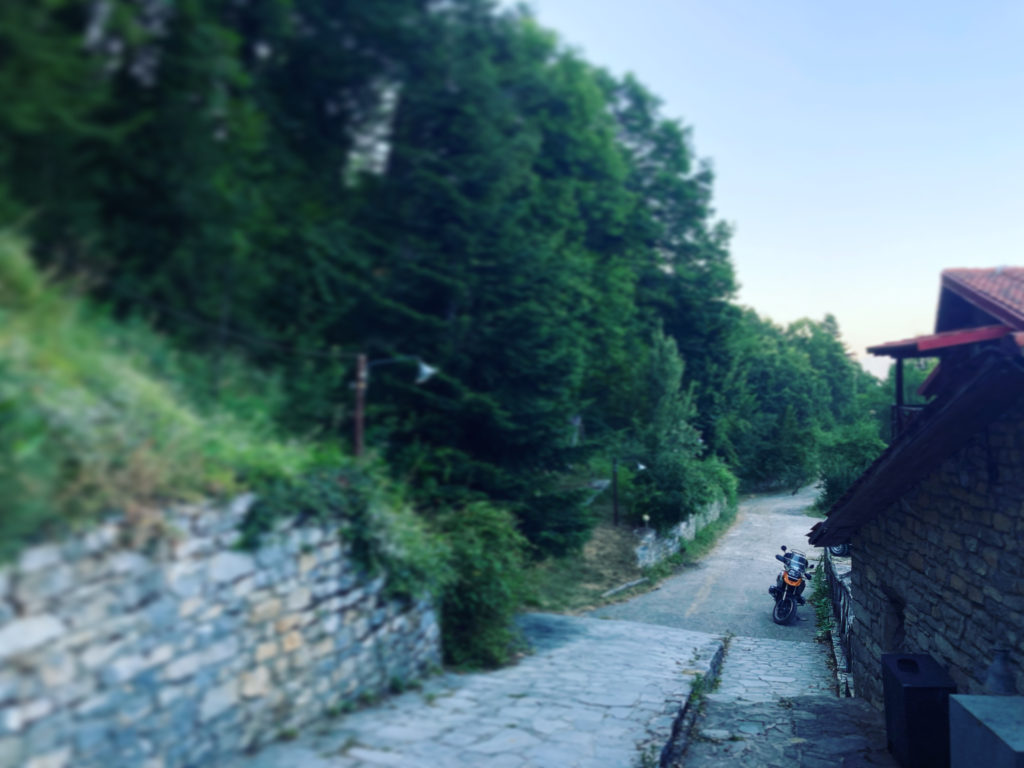
We book a visit to another winery, Kir-Yanni, is the most famous in the area. It was founded in 1997 by Yannis Boutaris, one of the leading figures in the Greek wine industry when he left the Boutari Wine Group founded by his grandfather in 1879. This is the region for producing Xinomavro, the main red grape of the Naoussa highlands. The modern winery is located on a vine-covered hill. The tasting we had included 4 wines, but plenty of choices exist. Their production of Vermouth caught my attention, and I couldn't resist buying it because it turned out to be excellent for Martini cocktails.


The evening at the Archontiko restaurant turned out to be comical. After we finished our meal, the friendly waitress informed us that they were closing the restaurant and then brought us a flask of tsipouro, leaving us there with all the dishes on the table without even taking the bill!
he next day, before our umpteenth winery visit, we went to Mieza to see a couple of truly impressive and well-preserved Macedonian tombs. Then to Naoussa at Dalamara, is a small organic farm that produces excellent wine.
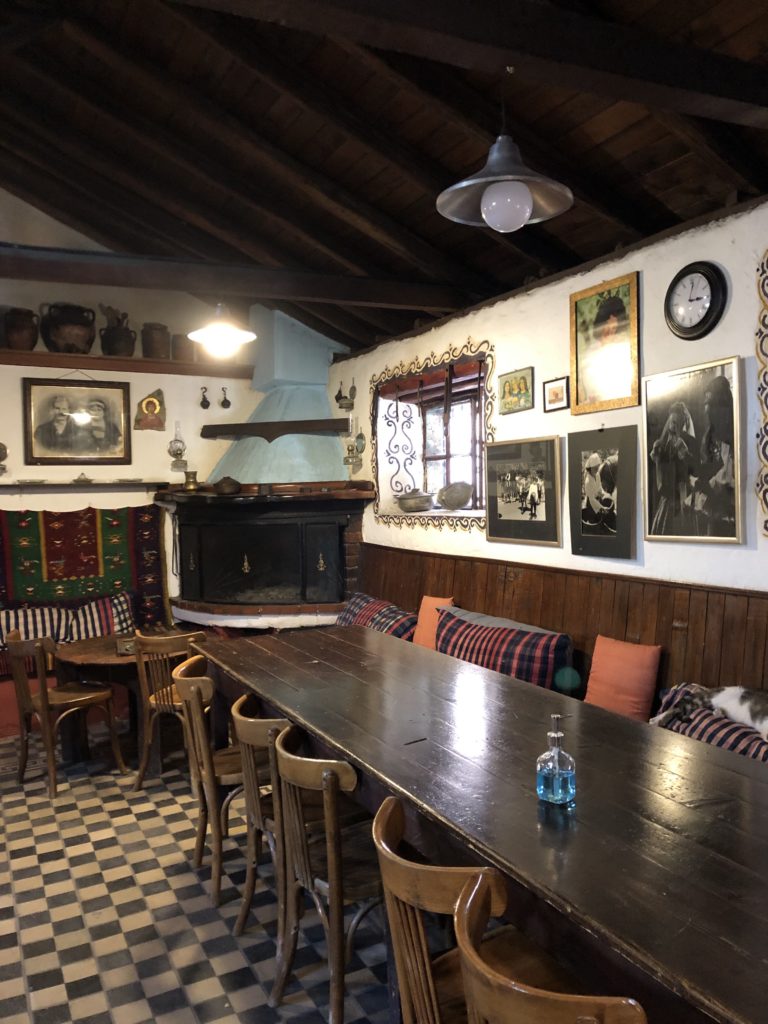
Dinner is again at the Archontiko restaurant, but this time we finally met Stamatis, the owner. He's a friendly man known throughout the Naoussa region.
Before leaving central Macedonia entirely, we couldn't miss a stop in Pella, the homeland of Alexander the Great, the famous military leader and disciple of Aristotle. We didn't visit the excavations, but the museo is amazing. Incredible mosaics, burial furnishings, and various artifacts are definitely worth a visit.
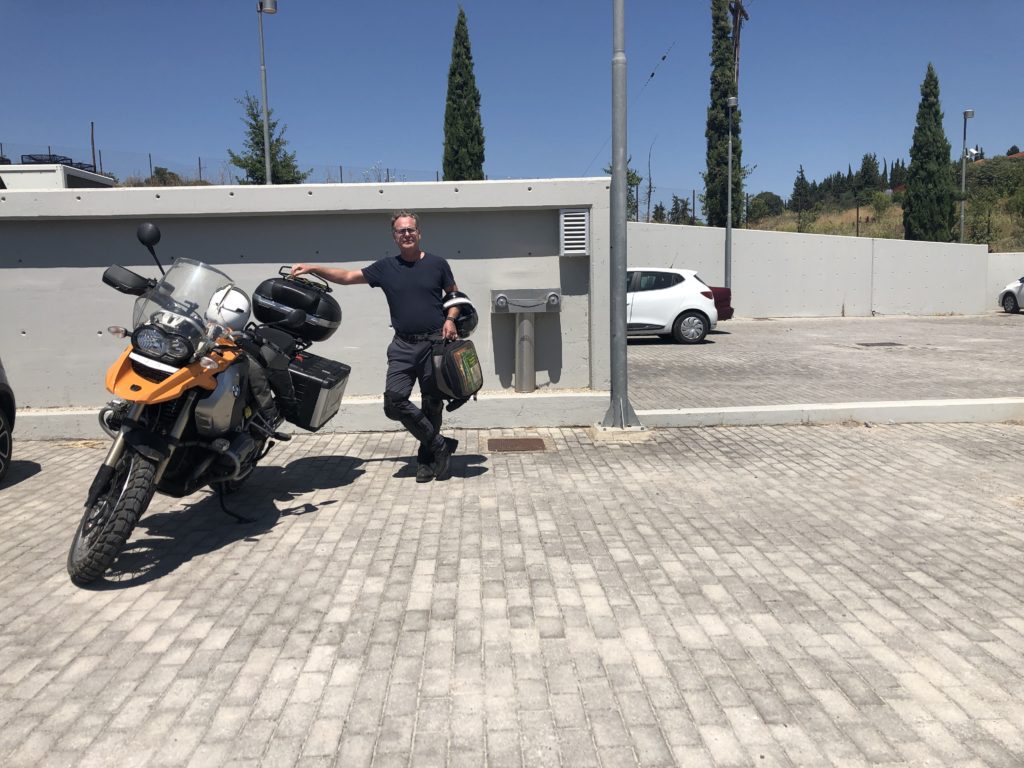
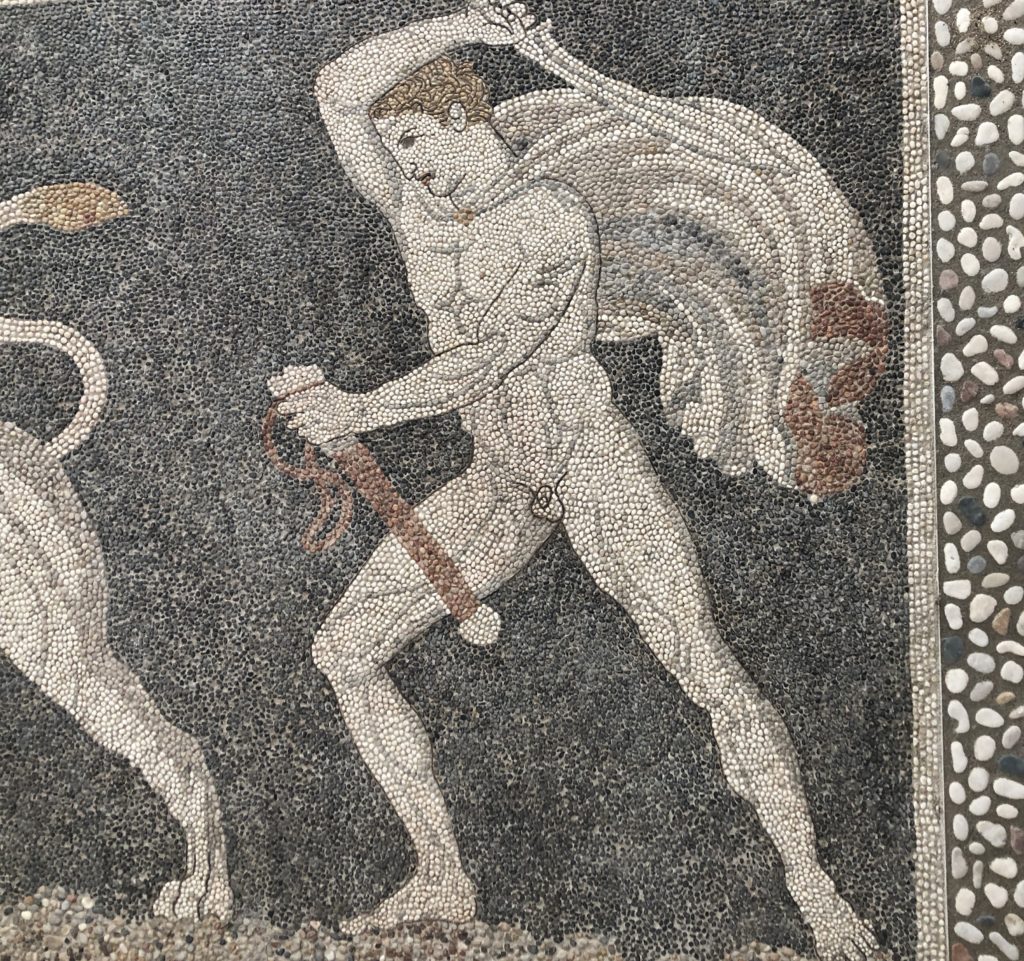
We arrive in the afternoon in Thessaloniki, a port city located on the Thermaic Gulf of the Aegean Sea. Traces of Romans, Byzantines, and Ottomans still remain in the upper city (Ano Poli). The Rotunda, dating back to the 4th century, is part of the ruins of the palace of the Roman Emperor Galerius and has been used over time as both a church and a mosque. Most of the city center was destroyed during the Great Fire of 1917. The area rebuilt in the 19th century has the appearance of a modern European city. It's a decidedly non-touristy city, at least for now, and owes its revitalization to Mayor Yannis Boutaris, the same person who founded the Kir-Yanni winery. It's a mix of Art Nouveau buildings, markets like Kapani, historic buildings, and small structures that survived the 1917 fire. Elegant shops and small bars – like Caffè Palermo - alternate with large squares, and the new waterfront contributes to the city's regeneration. The Umbrellas Sculpture was created in 1997 when Thessaloniki was the European Capital of Culture. During the day, the colors of the sky and the sea are reflected by the umbrellas, and at night, they are illuminated and look equally splendid. The author of the sculpture is Giorgos Zongolopoulos.
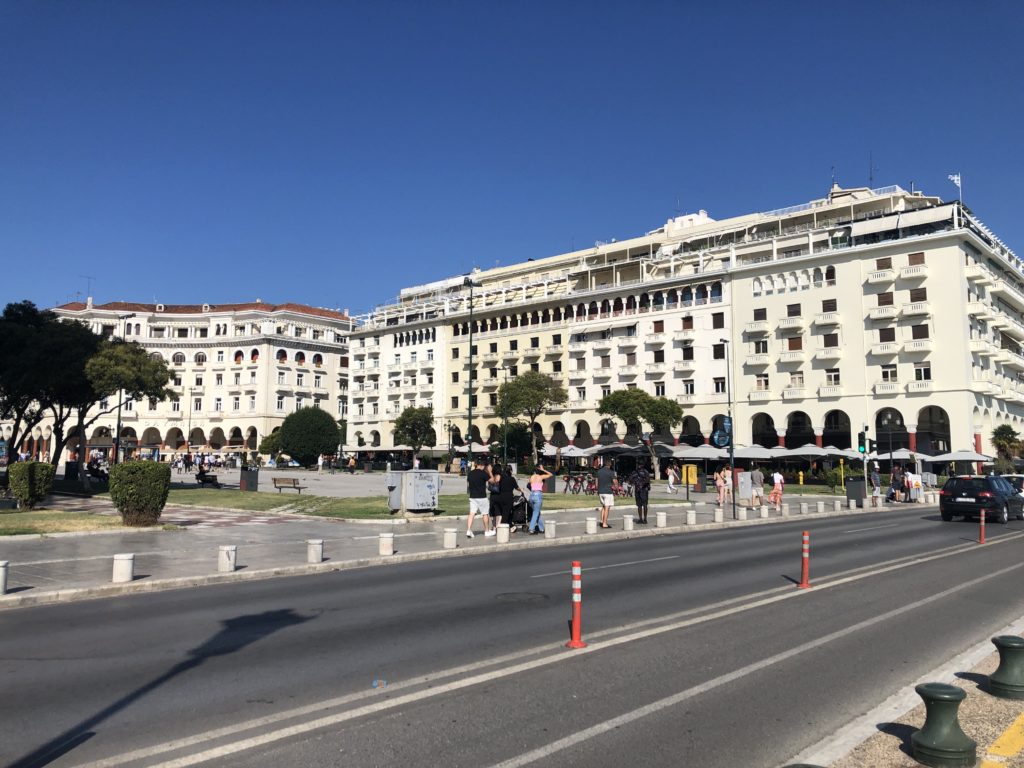


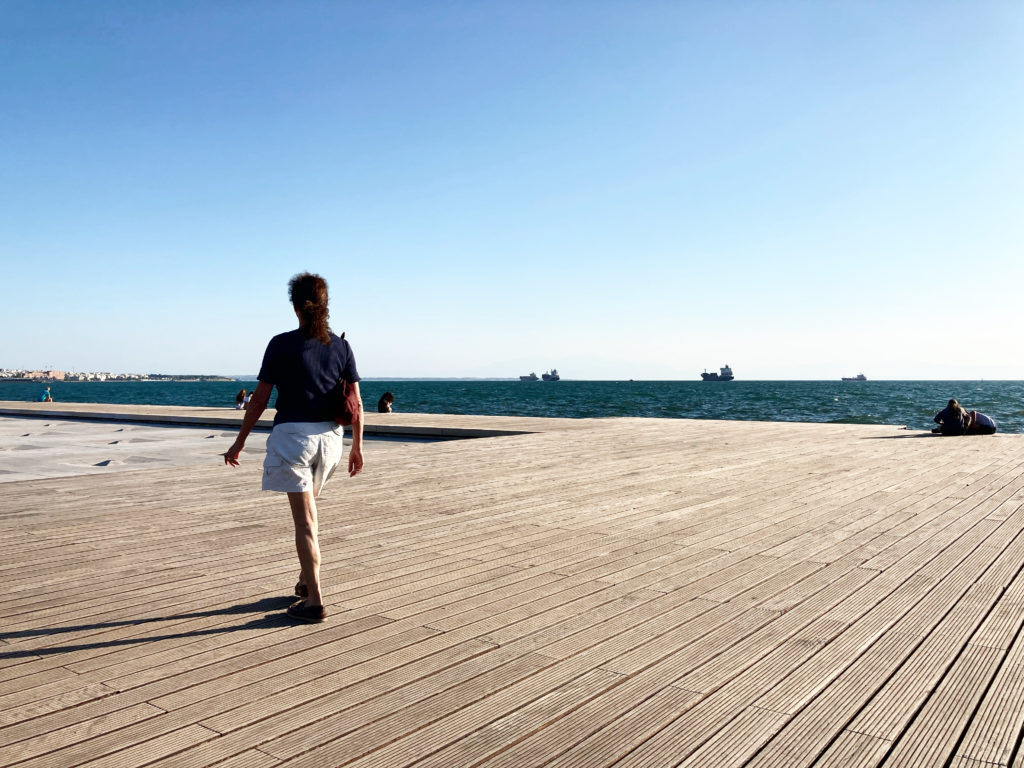
The well-known Archaeological Museum is somewhat disappointing compared to expectations, but the Byzantine Museum is very beautiful and interesting, both in terms of content and architecture. The city is famous for its high-quality food, and we tried the following restaurants: Stou Mitsou at the partially restored Kapani market - excellent! Rediviva – Cucina Povera in the upper city, perfect for vegetarians. I Rouga is in a very crowded alley with traditional dishes.
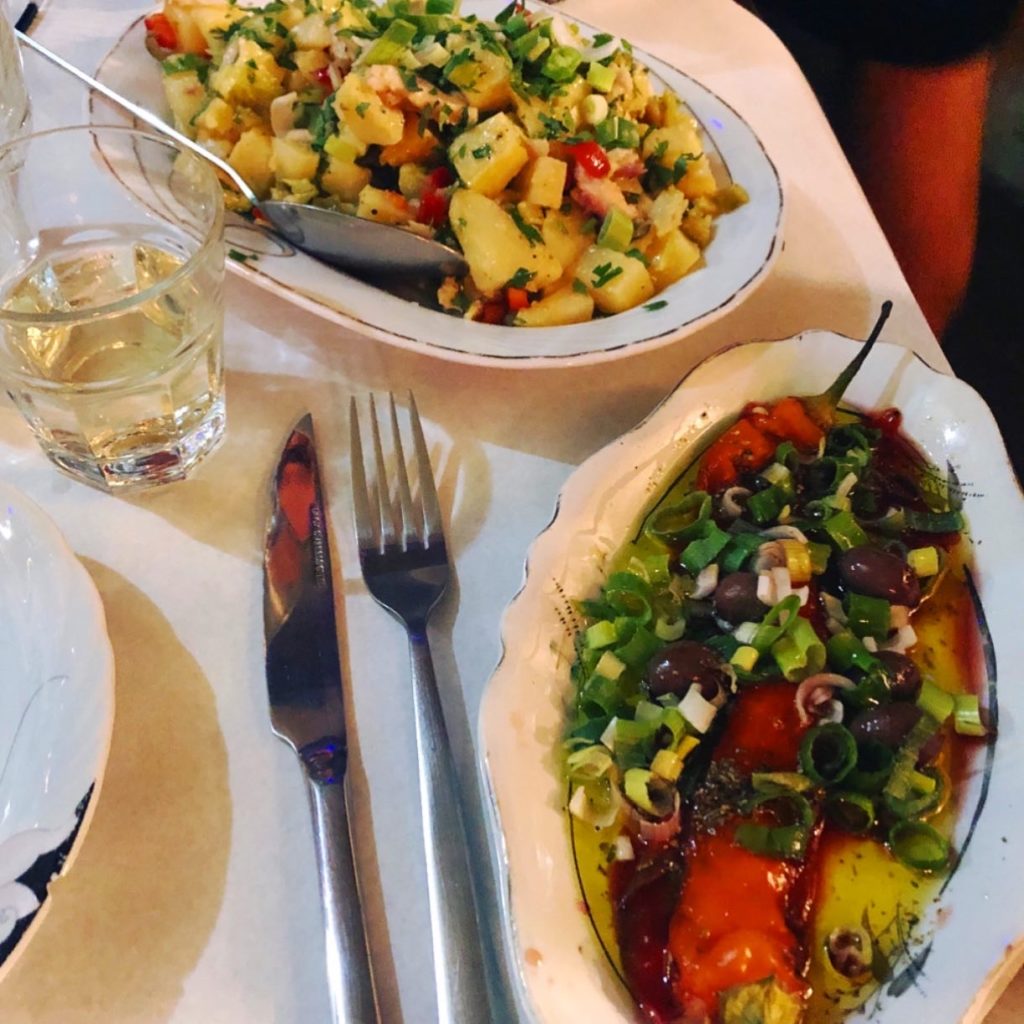
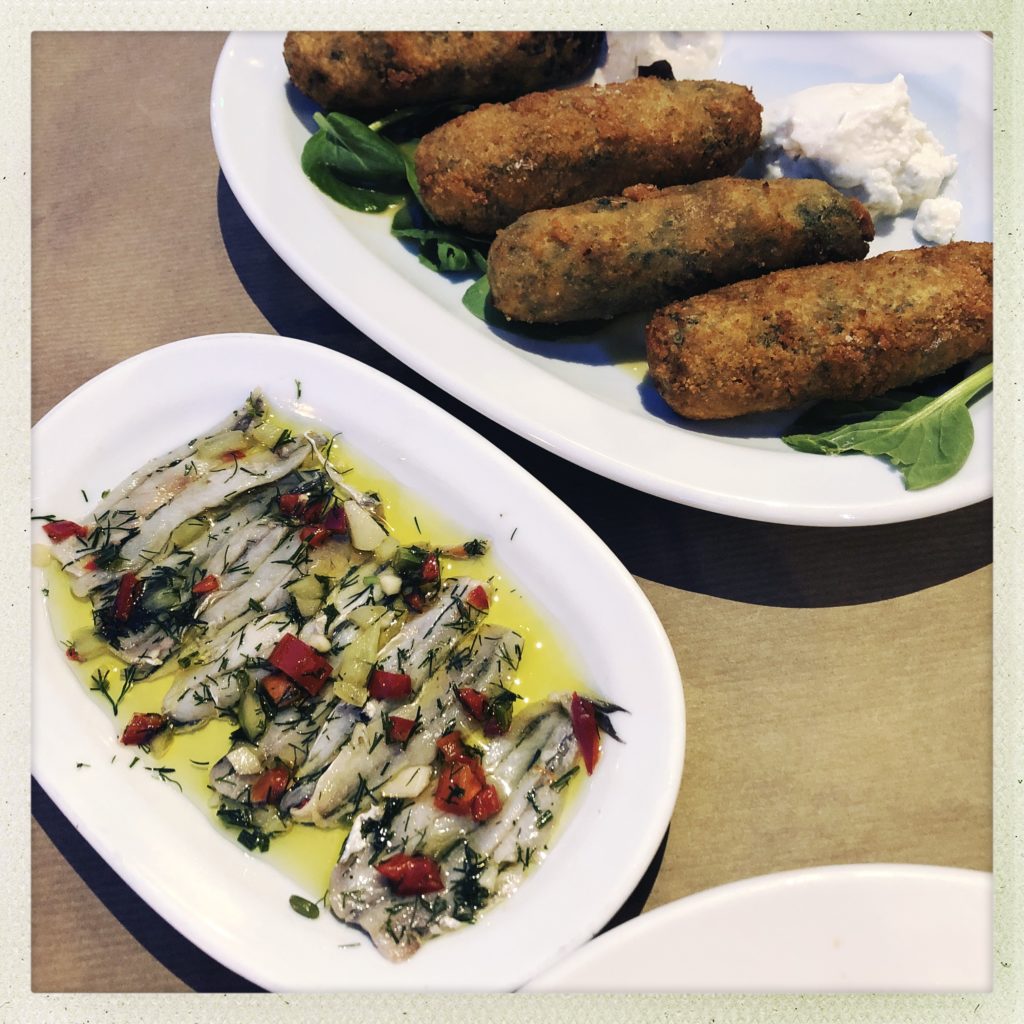
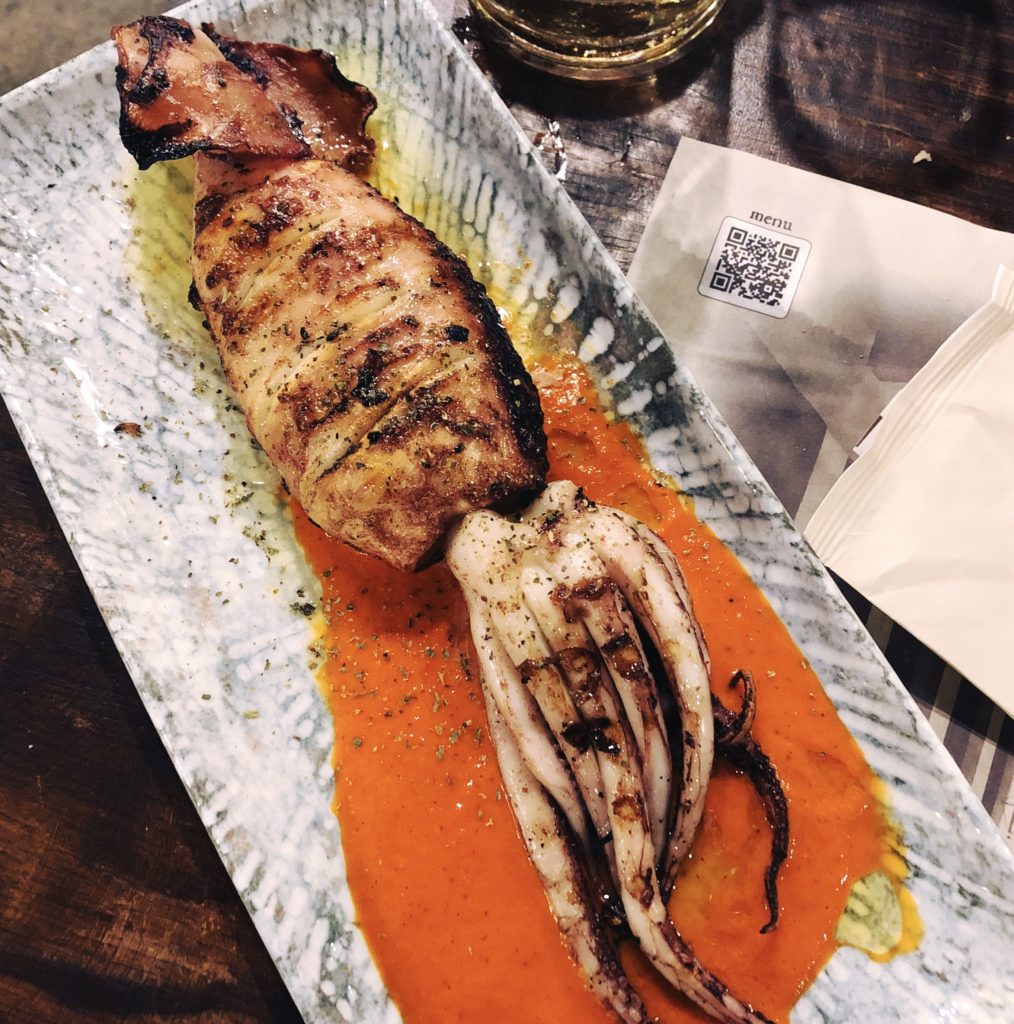
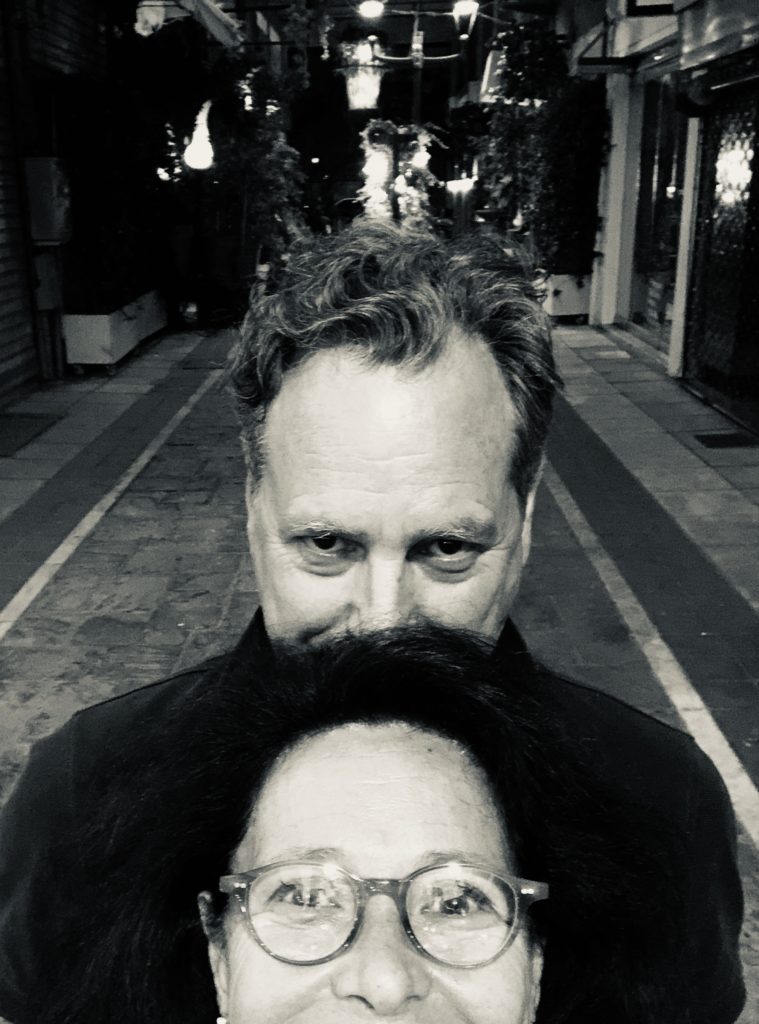
Our hotel choice, Blue Bottle Hotel, was fortunate, located in a central, residential area that wasn't chaotic. They even upgraded us to a beautiful and modern room of a higher category. From there, we could reach all our destinations on foot.
After 3 nights, we finally headed to the sea! The road to the Pelion peninsula is unremarkable and hot, but it runs along Mount Olympus and Mount Ossa, where, on its slopes, we stayed in Metaxochori, a small and cool village with streams and water gushing from every fountain. Our Archontiko Soulioti is delightful, with a small courtyard full of vases and flowers. The square is typically Greek, with enormous plane trees and tables filled with hungry Greeks.
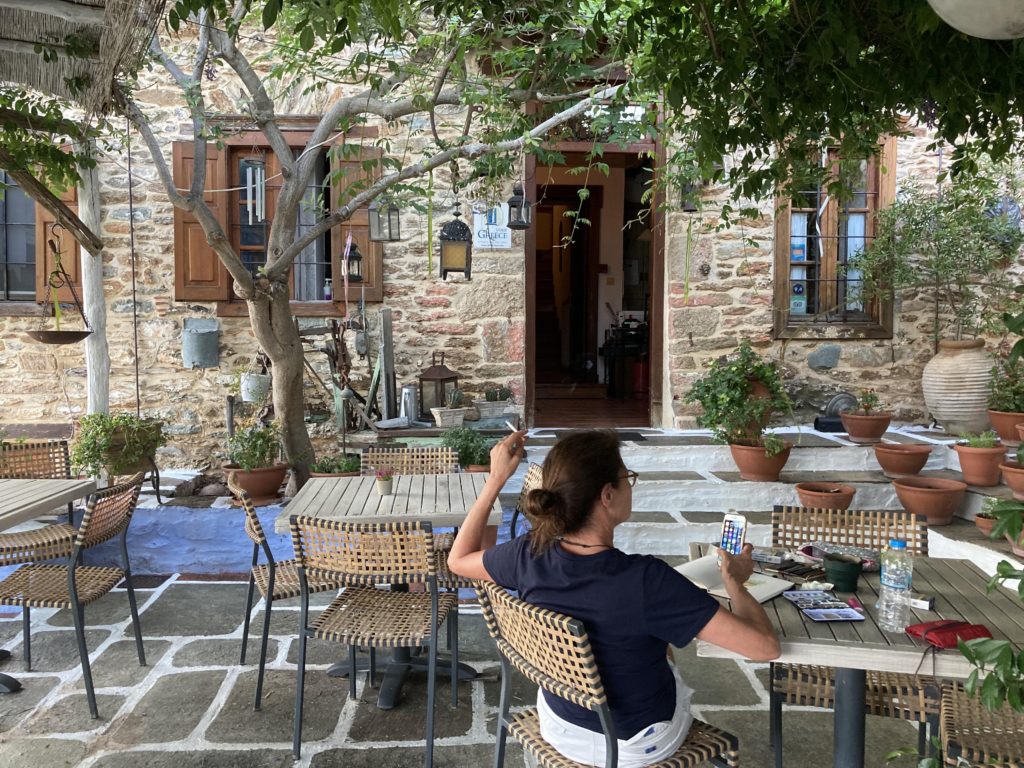
It's a great pit stop. We descend into Pelion, a peninsula famous for its mountains and home to Chirone the centaur. The interior is mountainous and covered with forests, while the coasts are rich in enchanting beaches. Our final destination is Agia Kyriaki, a tiny fishing village at the end of the peninsula. We're here for four nights in a small apartment by the harbor, owned by a Greek family who also runs the fish restaurant below. I could have stayed there forever! Upon arrival, we immediately find a small beach with a sunset view for our first real Greek sea bath. The water is blue and transparent and not at all cold. Our days are spent looking for less crowded beaches, preferably with a taverna, for swims and dips, reading, and ouzo-based aperitifs. Dinner is always at the restaurant below our apartment. We choose freshly caught fish and accompany it with carafes of white wine and salads. We finish with tsipouro – the local aniseed grappa. Among the most interesting dishes, we try the Trikeri salad with tomatoes and seaweed, sea urchins, fried anchovies, grilled sardines, boiled rayfish seasoned with oil and lemon, and scorpionfish….
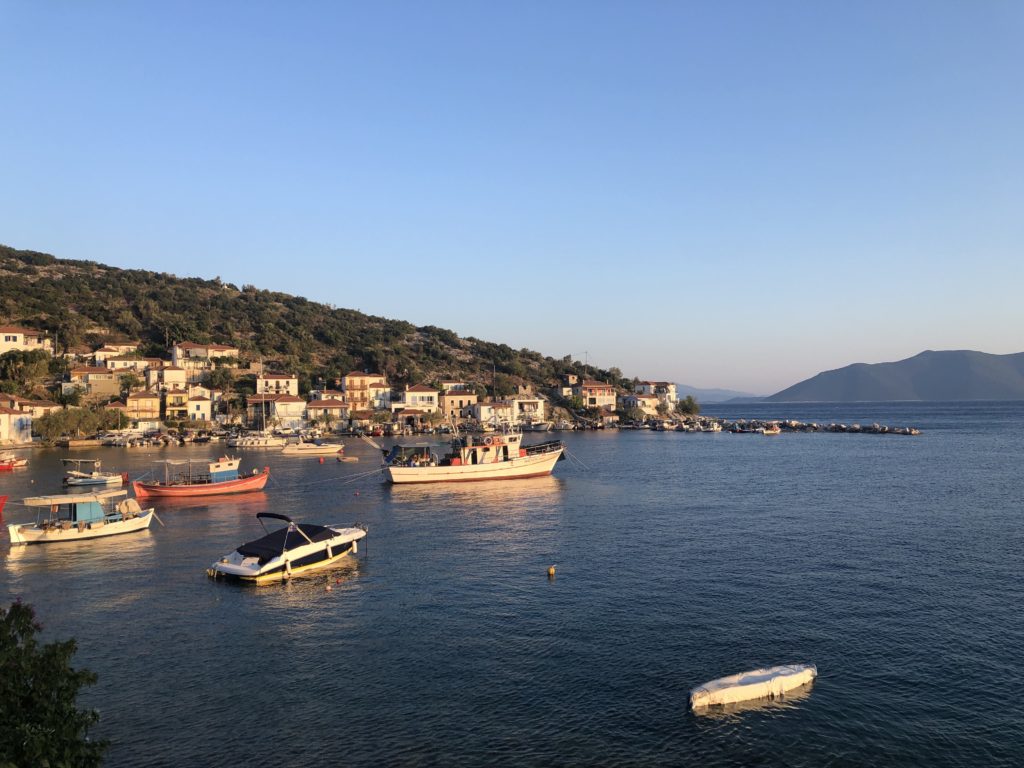

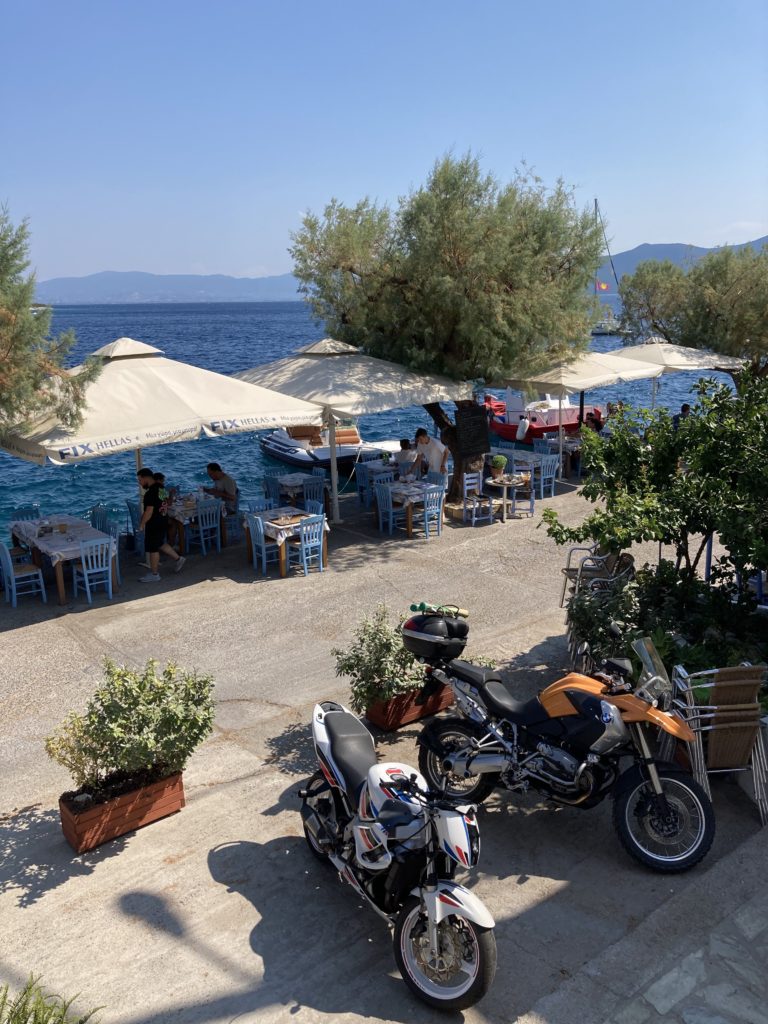
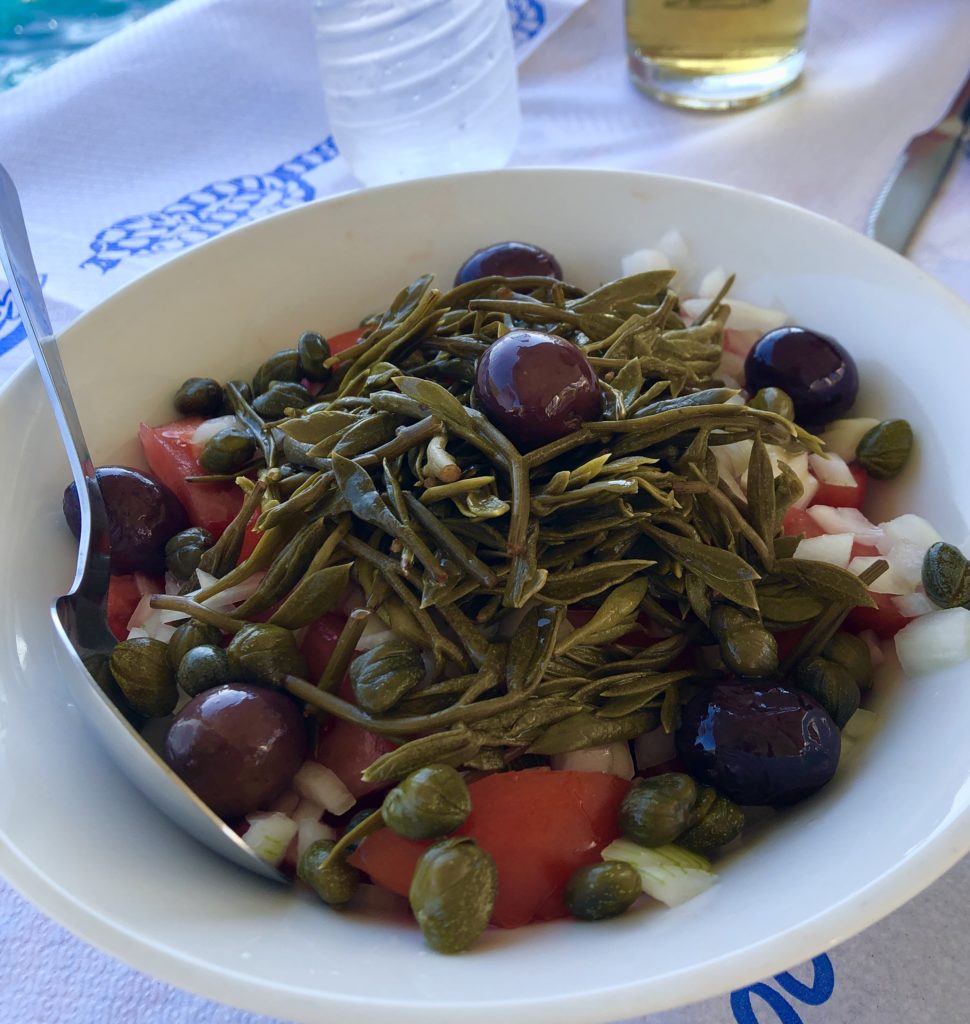
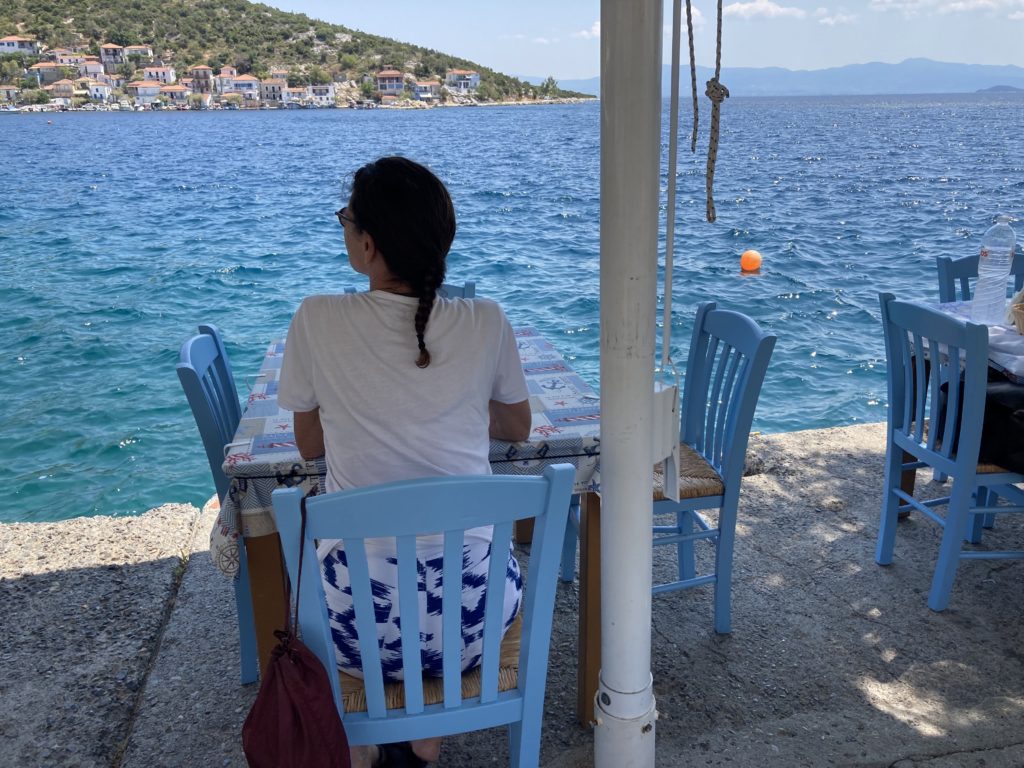
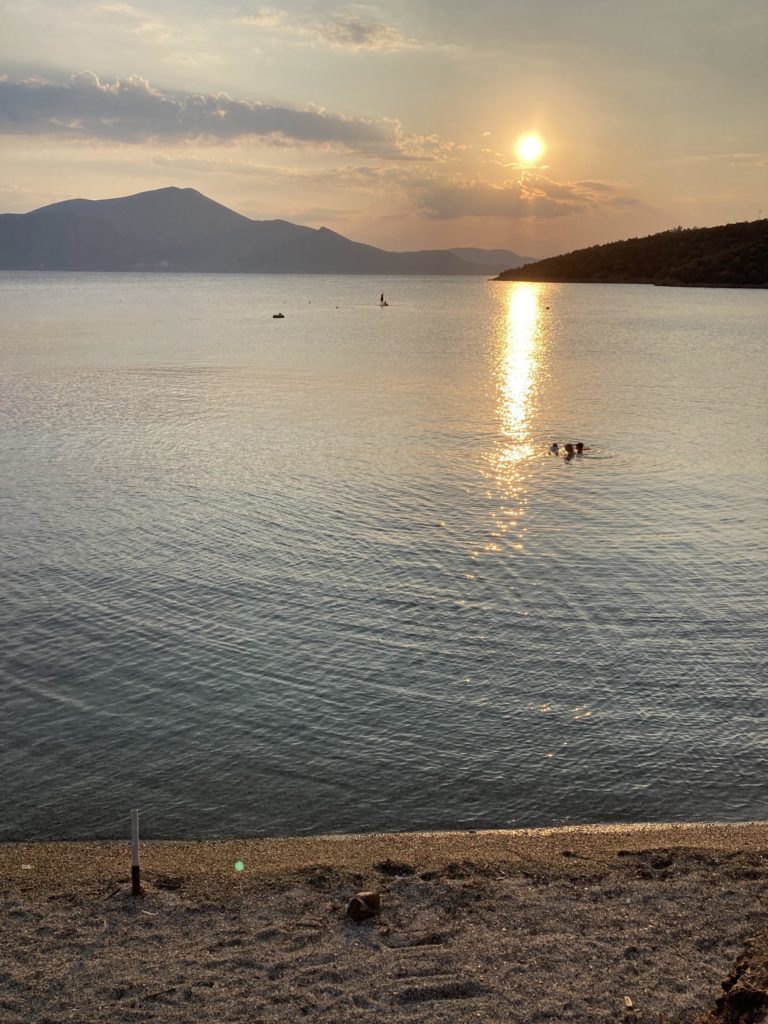
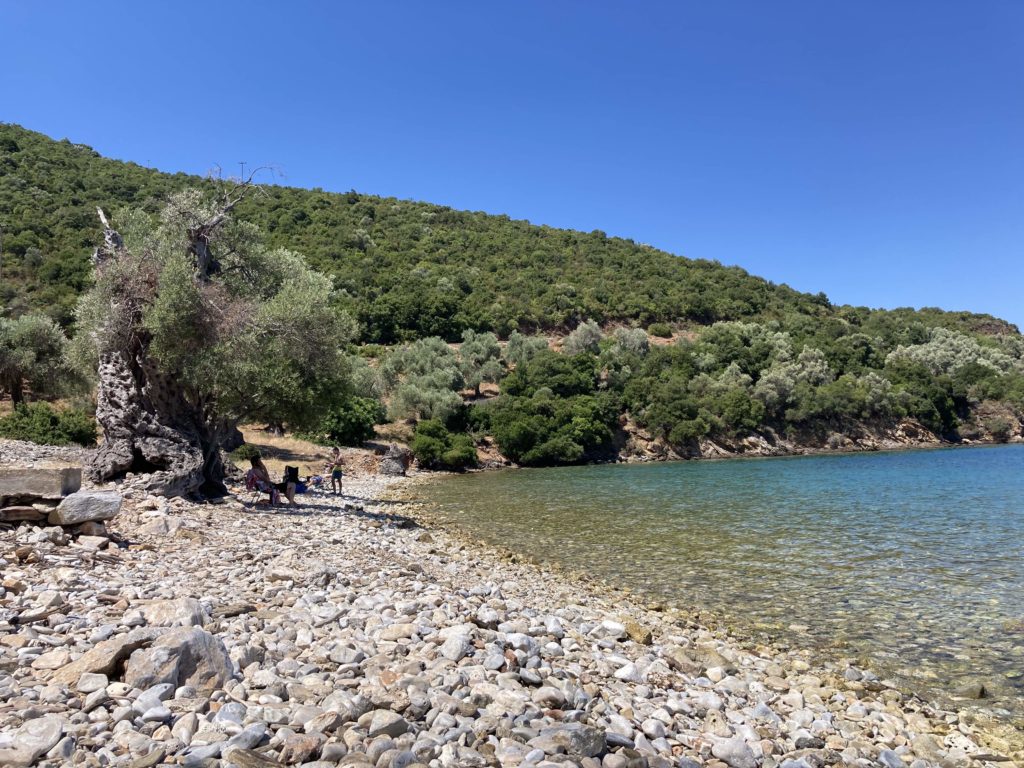
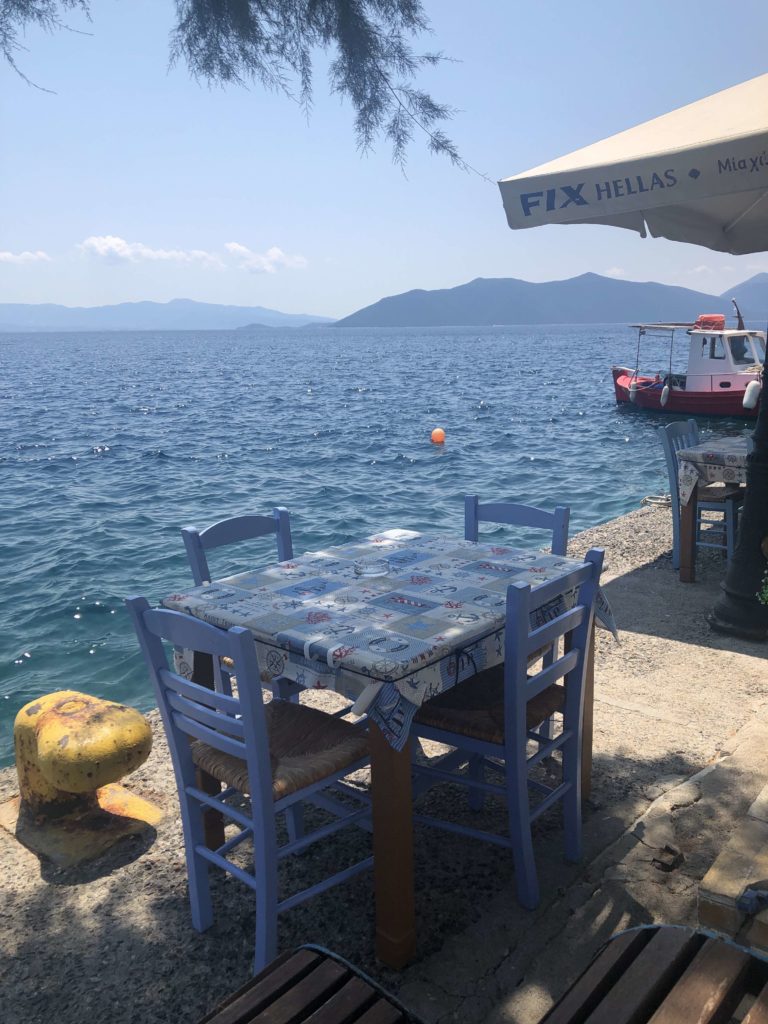
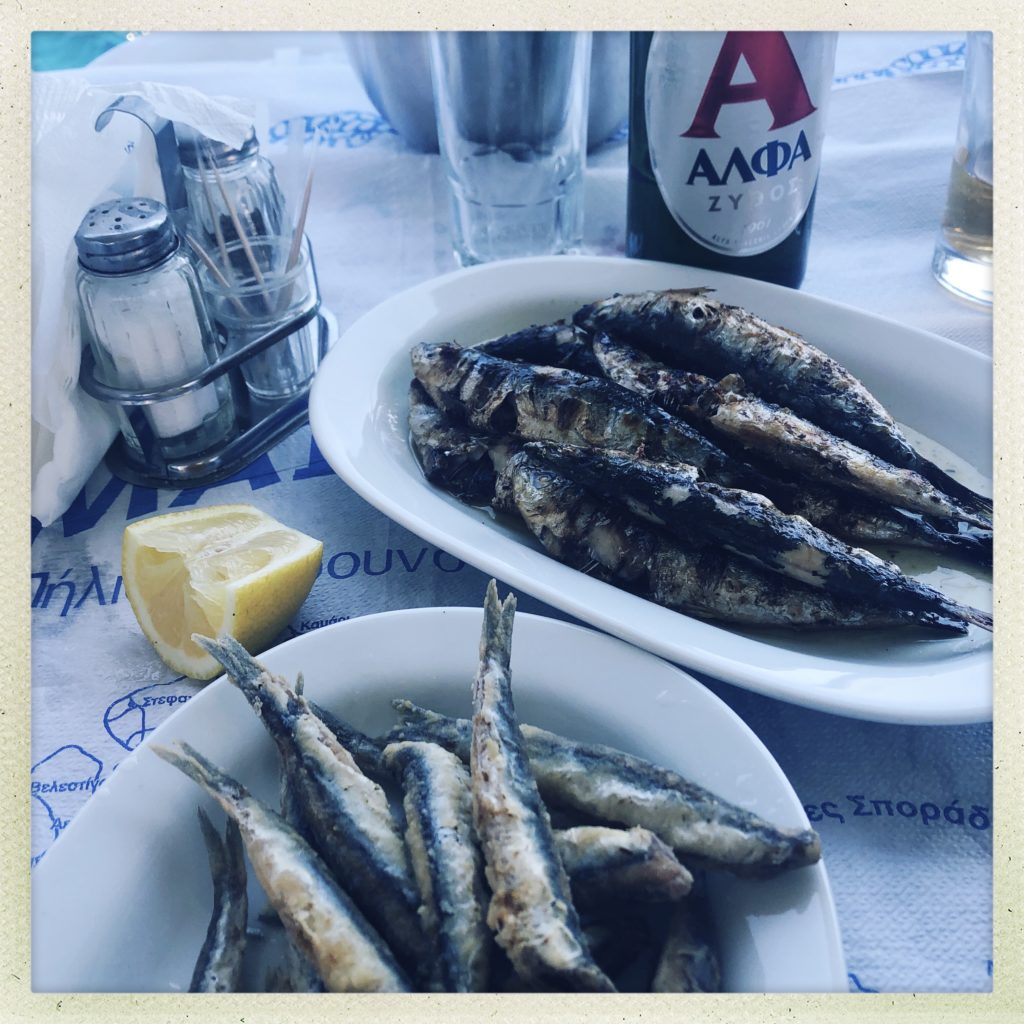
To break up the long journey back to the ferry, we stopped in Vizitsa, a typical mountain village in Pelion. The houses in the area are very distinctive and feature a series of painted decorations. We sleep here at theArchontiko Montana and try, for the first time, Tsitsiravla. They are the tips of wild peanut plants collected in spring and loved so much in Pelion that they are served in brine with a little vinegar and garlic, excellent for omelets, salads, or as meze, accompanied by ouzo or tsipouro.
We discover a beer, Mamos! Mamos beer is the oldest Greek beer. It dates back to 1876 when a certified brewer created the recipe for an exquisite beer and produced it in the city of Patras. It's a pilsner beer, characterized by its full-bodied taste and intense hop aroma, one of its main ingredients. Even today, to produce this beer, the original recipe is followed, giving it a truly special taste unlike any other.
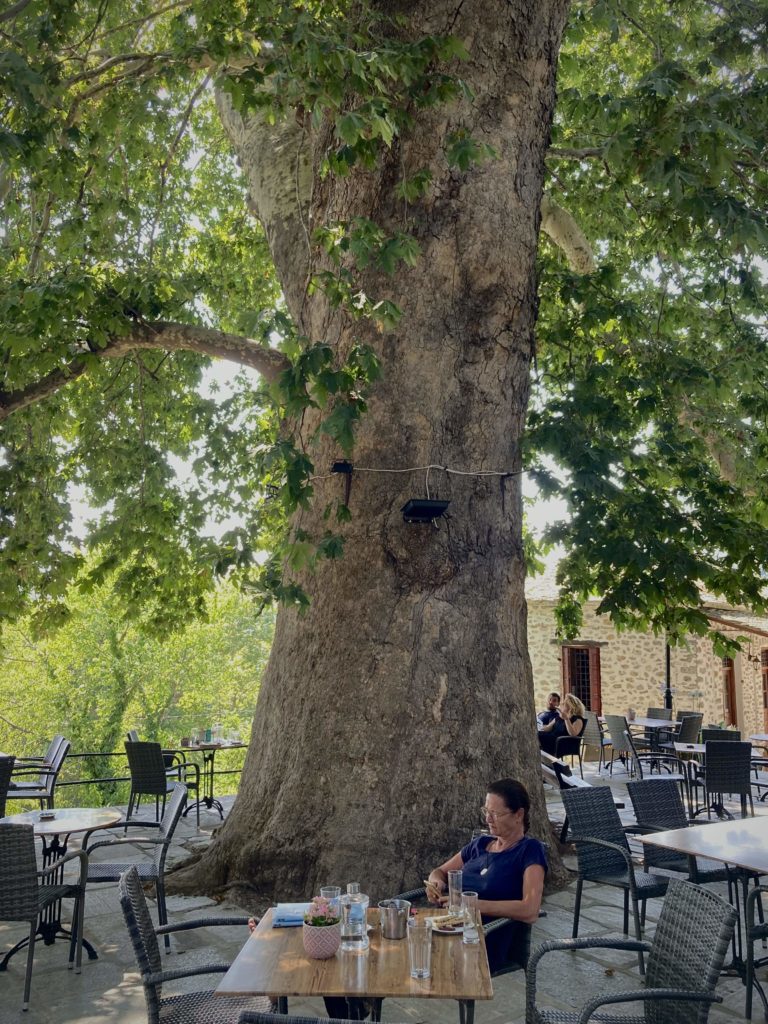
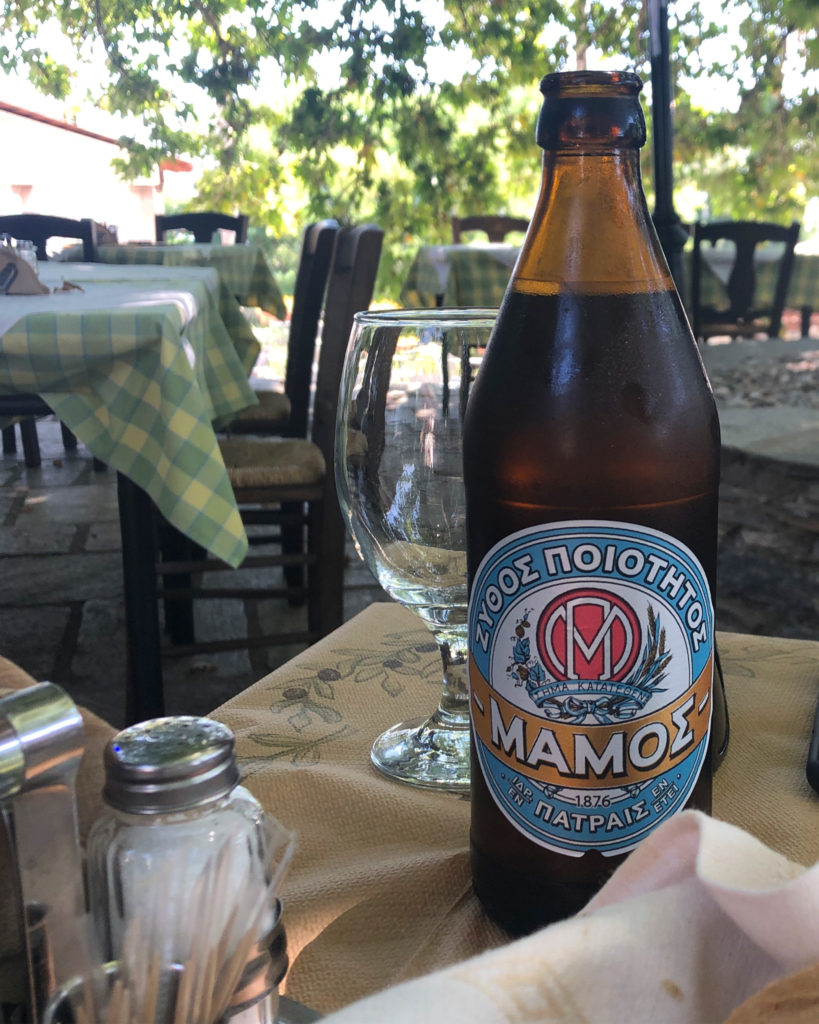
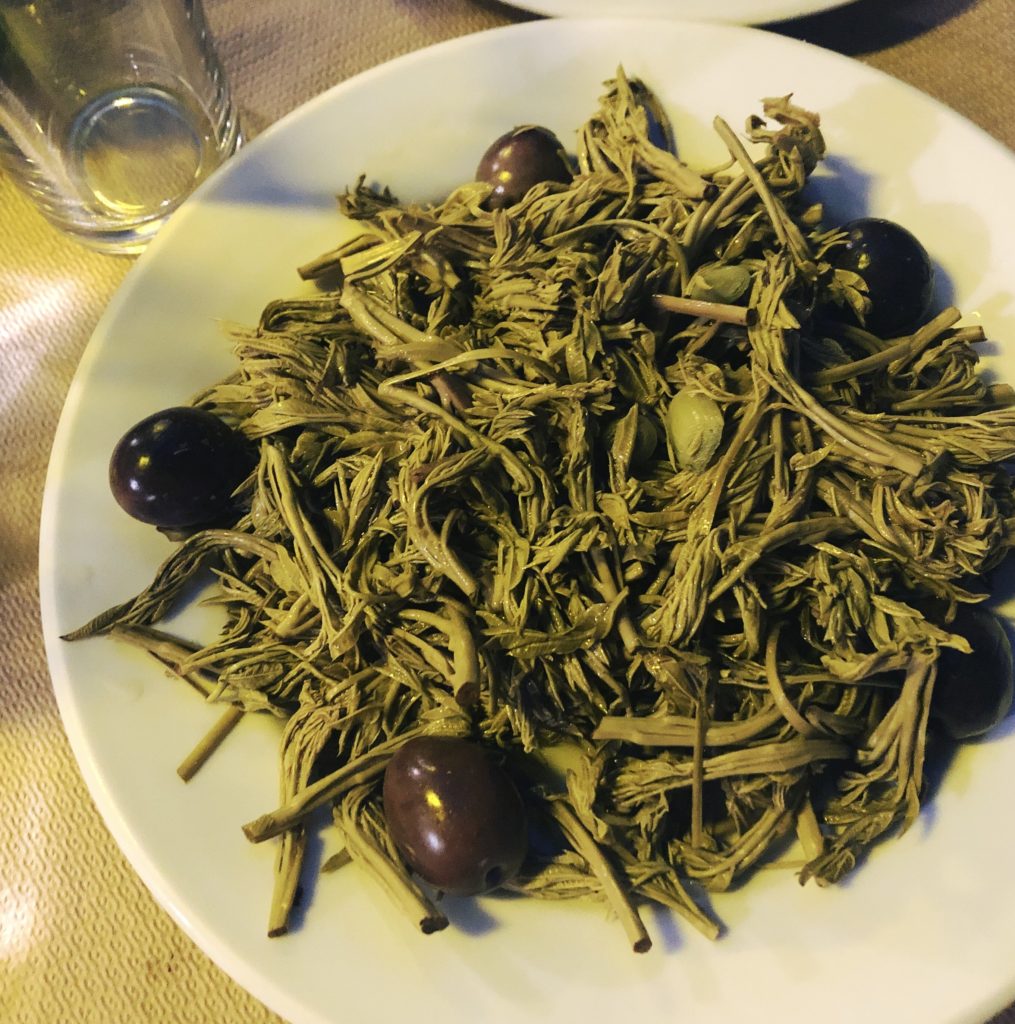
And finally, we return to Metsovo, back to our hotel. The circle is complete.

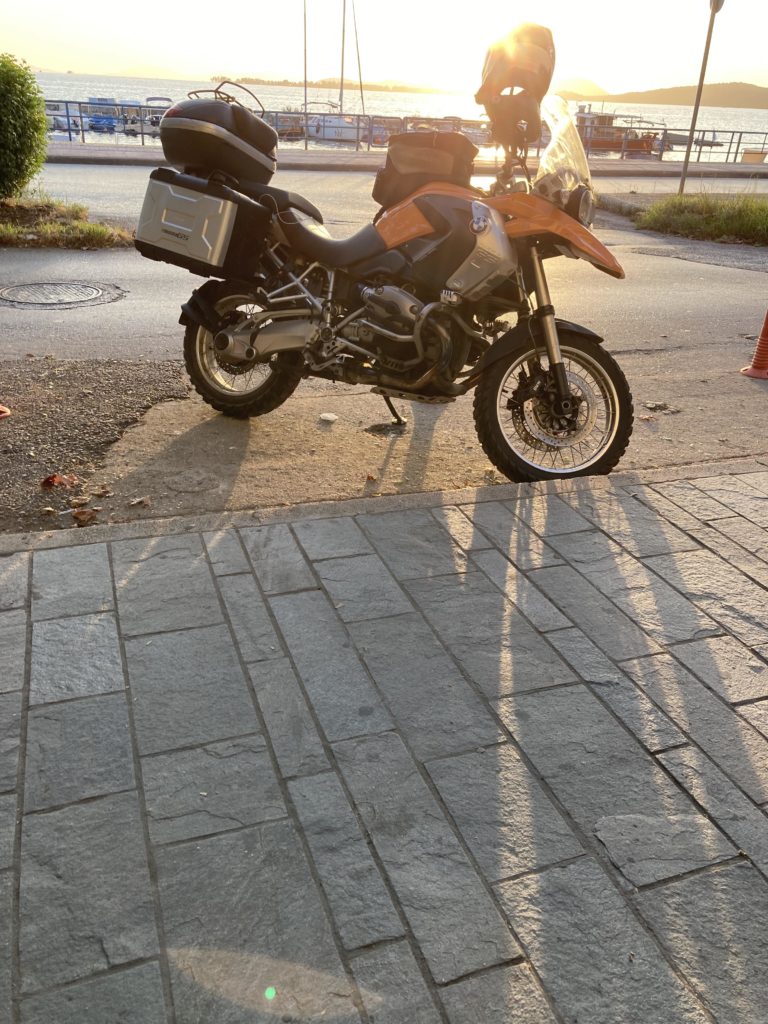
The evening is spent in Igoumenitsa, sipping the last ouzo while waiting for the ferry.

